
Light Up Your Dining Experience: A Guide to Choosing the Perfect Dining Room Lighting
The dining room is a space where people gather to share meals, celebrate special occasions, and create lasting memories. It is a place where families come together and friends reconnect. In order to create the perfect ambiance for these moments, lighting plays a crucial role. The right lighting can enhance the dining experience, set the mood, and create a warm and inviting atmosphere. In this article, we will explore the importance of lighting in the dining room and provide tips on how to choose the right fixtures, size, and height, as well as how to match them with your decor. We will also discuss how to create ambiance with lighting, energy-efficient options, and the importance of dimmers and maintenance.
Key Takeaways
- Lighting is important in the dining room because it sets the mood and enhances the dining experience.
- Types of dining room lighting fixtures include chandeliers, pendant lights, wall sconces, and recessed lighting.
- Choosing the right size and height for your dining room lighting depends on the size of your table and the height of your ceiling.
- Matching your dining room lighting with your decor can create a cohesive and stylish look.
- Tips for creating ambiance with dining room lighting include using multiple sources of light and adjusting the brightness to fit the occasion.
Why Lighting is Important in the Dining Room
Lighting is not just about illuminating a space; it is about creating an atmosphere and setting the mood. In the dining room, lighting can make all the difference in creating a warm and inviting ambiance for your guests. Whether you are hosting a formal dinner party or having a casual family meal, the right lighting can enhance the dining experience.
One of the key aspects of dining room lighting is its ability to create different moods. Soft, warm lighting can create an intimate and cozy atmosphere for romantic dinners or small gatherings. On the other hand, bright and vibrant lighting can energize the space and make it more suitable for lively conversations and larger gatherings. By using different types of lighting fixtures and adjusting their intensity, you can easily transform your dining room into a versatile space that suits any occasion.
Types of Dining Room Lighting Fixtures
There are various types of lighting fixtures available for the dining room, each serving a different purpose and creating a unique effect. Here are some examples:
1. Chandeliers: Chandeliers are classic and elegant lighting fixtures that hang from the ceiling and often feature multiple arms or branches with light bulbs or candles. They can be the centerpiece of your dining room and add a touch of sophistication and grandeur to the space. Chandeliers come in a variety of styles, from traditional crystal designs to modern and minimalist options.
2. Pendant Lights: Pendant lights are suspended from the ceiling by a cord, chain, or rod. They come in various shapes, sizes, and styles, making them a versatile choice for any dining room decor. Pendant lights can be used individually or in a cluster to create a statement piece above the dining table.
3. Wall Sconces: Wall sconces are mounted on the walls and provide indirect lighting that adds depth and warmth to the dining room. They can be used as accent lighting to highlight artwork or architectural features, or as task lighting to provide focused illumination on the dining table.
4. Recessed Lighting: Recessed lighting is installed into the ceiling and provides a clean and minimalist look. It is often used for general lighting in the dining room, as it distributes light evenly throughout the space. Recessed lights can also be used to highlight specific areas or objects, such as a buffet table or a bar cart.
Choosing the Right Size and Height for Your Dining Room Lighting
| Size of Dining Room | Ideal Chandelier Diameter | Ideal Chandelier Height |
|---|---|---|
| 10′ x 10′ | 20″ – 24″ | 20″ – 22″ from table top |
| 12′ x 12′ | 26″ – 36″ | 24″ – 30″ from table top |
| 14′ x 14′ | 36″ – 48″ | 30″ – 36″ from table top |
| 16′ x 16′ | 48″ – 60″ | 36″ – 42″ from table top |
When choosing a lighting fixture for your dining room, it is important to consider its size and height in relation to the size of your dining table and the overall dimensions of the room. A fixture that is too small or too large can throw off the balance of the space and make it feel awkward.
To determine the appropriate size of your dining room lighting fixture, you can follow a simple rule of thumb: the width or diameter of the fixture should be about one-half to two-thirds the width of your dining table. For example, if your dining table is 60 inches wide, a chandelier with a diameter of 30 to 40 inches would be suitable.
In terms of height, the bottom of the fixture should be at least 30 inches above the dining table to avoid obstructing the view and to allow for comfortable conversation. However, it is important to consider the height of your ceiling as well. If you have a low ceiling, you may need to choose a fixture that is more flush or semi-flush mounted to avoid any potential hazards.
Matching Your Dining Room Lighting with Your Decor
In addition to size and height, it is important to choose a lighting fixture that complements your dining room decor. The right fixture can tie the whole room together and enhance the overall aesthetic.
If you have a traditional or formal dining room, a crystal chandelier or a brass pendant light can add a touch of elegance and sophistication. On the other hand, if you have a modern or minimalist decor, a sleek and simple pendant light or a cluster of geometric-shaped fixtures can create a contemporary look.
When choosing a lighting fixture, consider the materials, finishes, and colors used in your dining room furniture, flooring, and wall coverings. Try to match or complement these elements to create a cohesive and harmonious look. For example, if you have wooden furniture and warm-toned walls, a bronze or copper fixture can add warmth and richness to the space.
Tips for Creating Ambiance with Dining Room Lighting

Creating different moods and ambiance in the dining room can be achieved by using various lighting techniques. Here are some tips:
1. Use Dimmers: Installing dimmer switches allows you to adjust the intensity of the lighting according to your needs and preferences. Dimming the lights can create a soft and romantic atmosphere for intimate dinners or provide brighter illumination for larger gatherings.
2. Consider Color Temperature: The color temperature of light can greatly affect the mood and ambiance of a space. Warm white or soft white light (around 2700-3000 Kelvin) creates a cozy and inviting atmosphere, while cool white or daylight (around 5000-6500 Kelvin) provides a brighter and more energetic feel. Consider the desired mood and choose the appropriate color temperature for your dining room lighting.
3. Layer Your Lighting: Layering different types of lighting can create depth and dimension in the dining room. Use a combination of ambient, task, and accent lighting to achieve the desired effect. Ambient lighting provides overall illumination, task lighting focuses on specific areas or tasks (such as lighting the dining table), and accent lighting highlights artwork or architectural features.
Energy-Efficient Dining Room Lighting Options
In today’s environmentally conscious world, energy-efficient lighting options are becoming increasingly popular. Not only do they help reduce energy consumption and lower electricity bills, but they also have a longer lifespan and require less maintenance.
LED (light-emitting diode) lights are one of the most energy-efficient options available. They use up to 80% less energy than traditional incandescent bulbs and can last up to 25 times longer. LED lights are also available in a variety of colors and can be dimmed to create different moods and ambiance.
Another energy-efficient option is compact fluorescent lamps (CFLs). They use about 75% less energy than incandescent bulbs and can last up to 10 times longer. CFLs are available in different shapes and sizes, making them suitable for various types of lighting fixtures.
How to Layer Your Dining Room Lighting for Maximum Effect
Layering your dining room lighting involves using a combination of different types of lighting fixtures to create a well-balanced and visually appealing space. Here are some tips on how to layer your dining room lighting for maximum effect:
1. Start with Ambient Lighting: Ambient lighting provides overall illumination and sets the foundation for your dining room lighting. Recessed lights or a central chandelier can be used as ambient lighting. Make sure the intensity of the ambient lighting is adjustable to create different moods.
2. Add Task Lighting: Task lighting focuses on specific areas or tasks, such as lighting the dining table. Pendant lights or a row of wall sconces can be used as task lighting. Position the fixtures above the dining table to provide adequate illumination for dining and other activities.
3. Incorporate Accent Lighting: Accent lighting highlights artwork, architectural features, or decorative elements in the dining room. Use wall sconces or adjustable spotlights to create focal points and add depth to the space. Accent lighting can also be used to highlight a buffet table or a bar cart.
By layering your dining room lighting, you can create a dynamic and visually interesting space that suits any occasion and enhances the overall ambiance. Zangkao
The Importance of Dimmers in Dining Room Lighting
Dimmers are an essential component of dining room lighting as they allow you to adjust the intensity of the light according to your needs and preferences. They not only create a warm and inviting atmosphere but also help save energy and extend the lifespan of your bulbs.
Dimmers allow you to easily transition from bright and vibrant lighting for lively conversations and larger gatherings to soft and romantic lighting for intimate dinners. They provide flexibility and control over the ambiance of your dining room, allowing you to create different moods for different occasions.
In addition to creating ambiance, dimmers also help save energy. By dimming the lights, you can reduce energy consumption and lower your electricity bills. Dimming the lights by just 10% can save up to 10% on energy costs. Dimmers also extend the lifespan of your bulbs by reducing their operating temperature and minimizing wear and tear.
When selecting dimmers for your dining room lighting, make sure they are compatible with the type of bulbs you are using (e.g., incandescent, LED, CFL) and that they have the appropriate wattage capacity. It is recommended to consult a professional electrician for proper installation and to ensure compatibility with your existing wiring.
Maintenance and Cleaning of Dining Room Lighting Fixtures
Regular maintenance and cleaning of your dining room lighting fixtures are important for safety, longevity, and optimal performance. Here are some tips for maintaining and cleaning different types of lighting fixtures:
1. Chandeliers: Dust and clean chandeliers regularly to maintain their sparkle and shine. Use a soft, lint-free cloth or a feather duster to remove dust from the crystals or glass elements. For deeper cleaning, you can use a mixture of mild dish soap and warm water. Make sure to turn off the power and remove any delicate or fragile parts before cleaning.
2. Pendant Lights: Pendant lights can accumulate dust and dirt over time. To clean them, first, turn off the power and remove the bulbs. Use a soft cloth or a duster to remove dust from the surface of the fixture. For deeper cleaning, you can use a mild glass cleaner or a mixture of vinegar and water. Make sure to dry the fixture thoroughly before reattaching the bulbs.
3. Wall Sconces: Wall sconces can be cleaned using a soft cloth or a duster. Make sure to turn off the power before cleaning. If the sconces have glass shades, you can remove them and clean them separately using a mild glass cleaner or a mixture of vinegar and water.
4. Recessed Lighting: Recessed lights are relatively low maintenance as they are flush with the ceiling and do not accumulate dust as easily as other types of fixtures. However, they may still require occasional cleaning. Turn off the power and use a soft cloth or a duster to remove any dust or dirt from the surface of the fixture.
Regular maintenance and cleaning of your dining room lighting fixtures not only keep them looking their best but also ensure their safety and longevity.
Professional Installation vs. DIY Installation of Dining Room Lighting
When it comes to installing dining room lighting fixtures, you have the option of hiring a professional electrician or doing it yourself. Both options have their pros and cons, and the choice depends on your level of expertise, comfort, and budget.
Professional installation offers several advantages. Electricians have the knowledge, skills, and experience to safely install lighting fixtures and ensure they are properly wired and grounded. They can also provide advice on the best placement and type of fixtures for your dining room. Hiring a professional eliminates the risk of electrical accidents or damage to your home.
On the other hand, DIY installation can save you money and give you a sense of accomplishment. If you have basic electrical knowledge and experience, you may feel confident in installing lighting fixtures yourself. However, it is important to follow safety guidelines, such as turning off the power before working on any electrical components and using proper tools and equipment.
If you decide to install dining room lighting fixtures yourself, make sure to read the manufacturer’s instructions carefully and consult online resources or tutorials for guidance. If you are unsure or uncomfortable with any aspect of the installation process, it is best to hire a professional electrician to ensure the job is done safely and correctly.
Lighting plays a crucial role in creating the perfect ambiance in the dining room. It sets the mood, enhances the dining experience, and creates a warm and inviting atmosphere for your guests. By choosing the right lighting fixtures, size, and height, as well as matching them with your decor, you can transform your dining room into a versatile space that suits any occasion.
Creating different moods and ambiance in the dining room can be achieved by using various lighting techniques such as dimmers, color temperature, and layering of lighting. Energy-efficient options are also available to reduce energy consumption and lower electricity bills. Regular maintenance and cleaning of your dining room lighting fixtures are important for safety, longevity, and optimal performance.
Whether you choose to hire a professional electrician or install the lighting fixtures yourself, it is important to prioritize safety and follow proper guidelines. By improving your dining room lighting, you can create a space that not only looks beautiful but also enhances the dining experience for you and your guests.
You may also like
Written by Kyle
Hot Posts
- 10 Stunning Bedroom Design Ideas to Transform Your Sleep Space
- 5Funky Kitchen Gadgets to Keep Your Home Cooking Delicious
- A Home Garden For All Seasons
- Add Warmth and Style to Your Home with a Wooden Pendant Lamp
- Adding Drama to Your Decor With a Pendant XL Light
- Adorable Table Lamp for Kids’ Room
- Affordable Solar Garden Lights: A Smart Purchase
- Antique Table Lamps & Lighting at Auction
Category Guide
Schedule
- April 2025
- March 2025
- February 2025
- January 2025
- December 2024
- November 2024
- October 2024
- September 2024
- August 2024
- July 2024
- June 2024
- May 2024
- April 2024
- March 2024
- February 2024
- January 2024
- December 2023
- August 2023
- July 2023
- June 2023
- May 2023
- April 2023
- March 2023
- February 2023
- December 2022
- November 2022
- October 2022
- September 2022
- July 2022
- March 2021
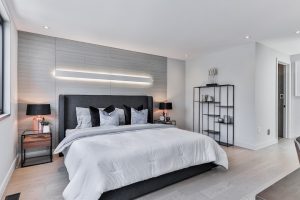


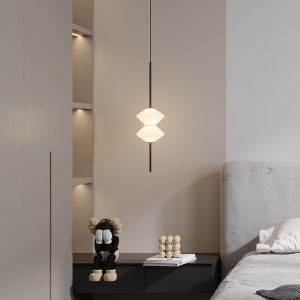

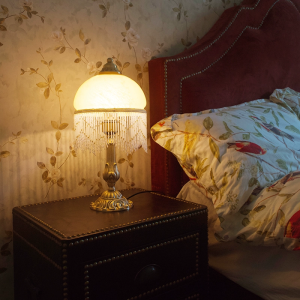
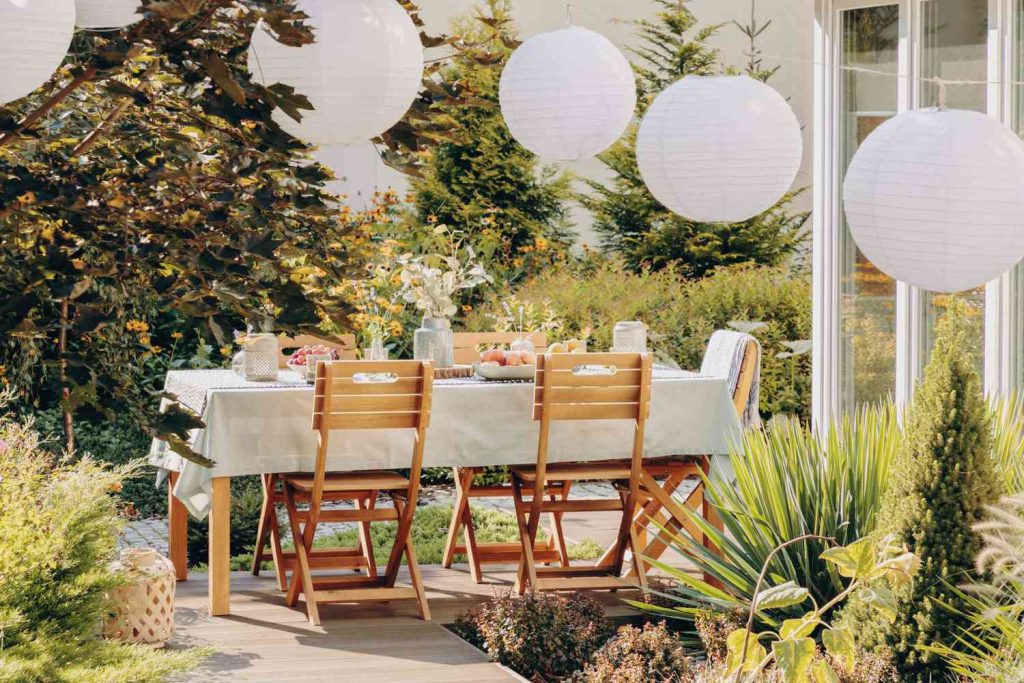

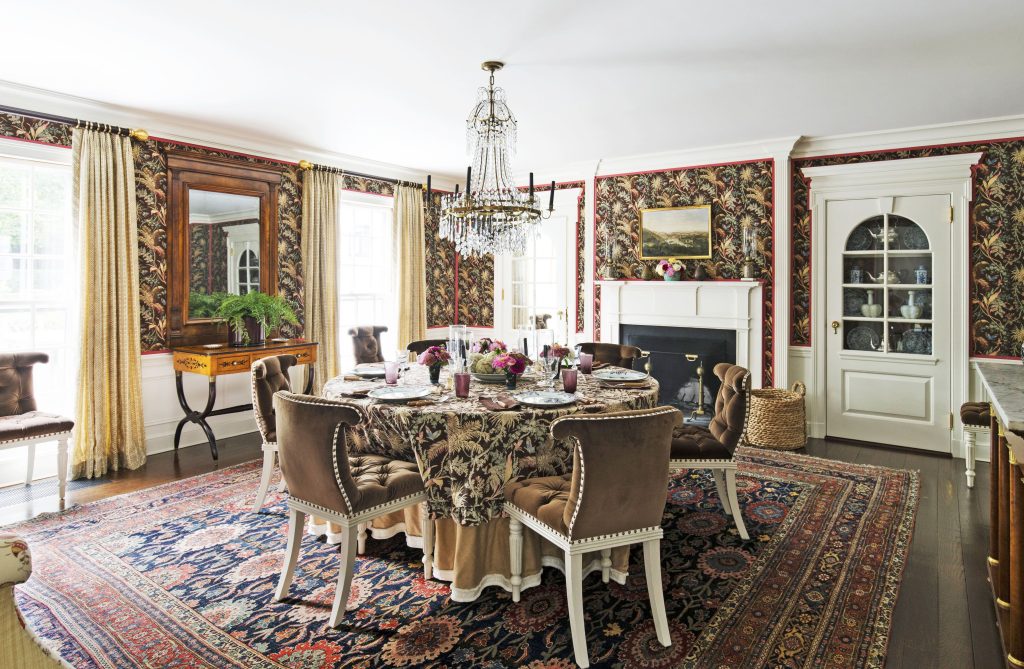


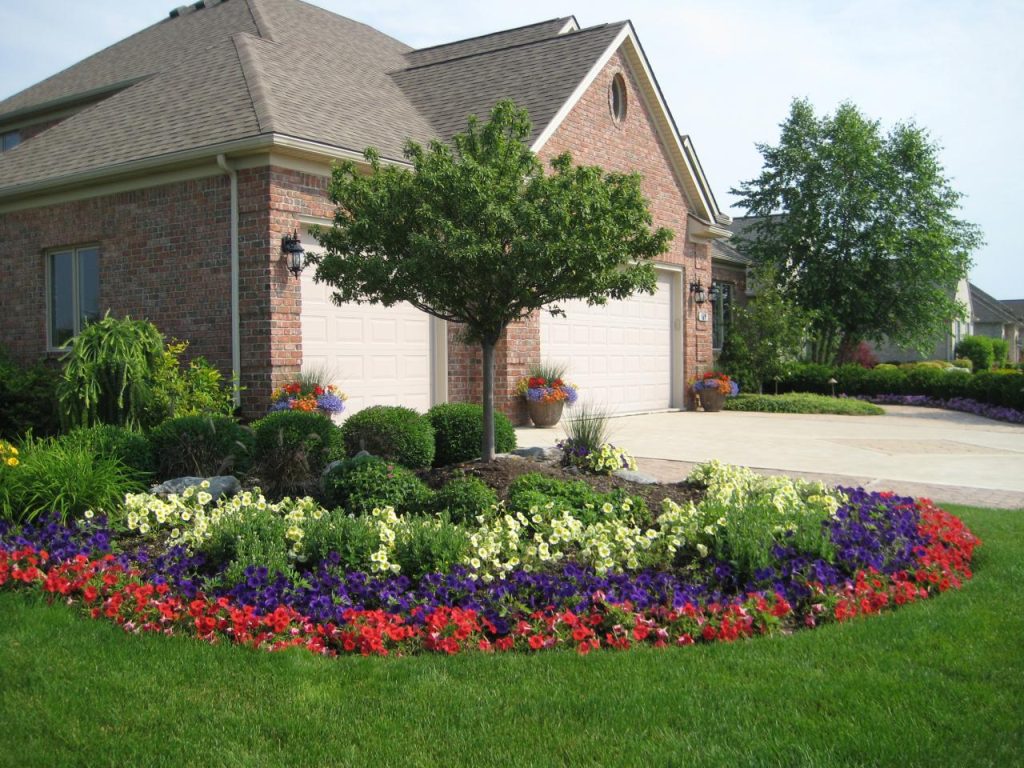
Leave a Reply